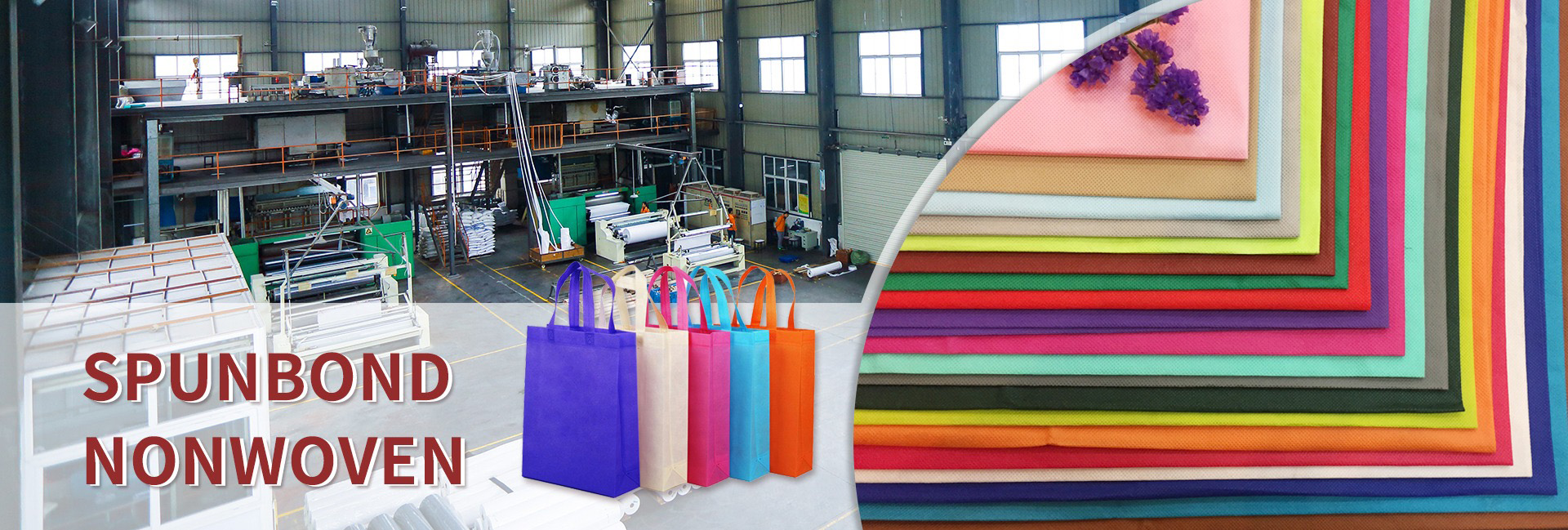
Products
Climate-Adaptive Reusable Fruit Tree Cover
Comprehensive Strategies for Fruit Tree Cover: Protection, Innovation, and Sustainability
Fruit tree covers are essential for mitigating climate risks, enhancing fruit quality, and ensuring sustainable yields. Below is a detailed analysis of current technologies, ecological approaches, policy impacts, and implementation challenges.
Climate-Adaptive Protective Covers
- Transparent Umbrella Covers:Used for Dhakki dates in Dera Ismail Khan, Pakistan, these plastic covers shield fruit bunches from unseasonal rains and temperature fluctuations. Trials by the Agriculture Research Institute showed preserved fruit size (40–45 g/date), color, and flavor despite a 30–50% yield drop from climate stress .Mechanism: Allows light penetration while preventing waterlogging and physical damage.
- Waterproof Paper Bags:Double- or triple-layered biodegradable bags with wax coatings protect mangoes, grapes, and other fruits from rain, UV exposure, and pests. Features include micro-perforations for breathability, rust-proof iron wires, and customization for size/color .
Pest and Disease Management
- Multi-Layer Fruit Bags:Inner black layers block sunlight (deterring fruit flies), while outer waterproof paper prevents fungal infections. For example, mango bags reduce pesticide use by 70% and increase sugar content in fruits 38.
- Cover Crops:Native plants like Phacelia in vineyards enhance soil microbiome diversity and aggregate stability. This reduces pest pressure and improves vine vigor by increasing soil moisture retention—critical in Mediterranean climates .
Material Innovations and Specifications
Table: Fruit Cover Materials and Applications
| Material Type | Key Features | Best For | Benefits |
|---|---|---|---|
| Plastic Umbrellas | Transparent, reusable | Date palms | Rain protection, 95% quality retention |
| 54–56g Paper Bags | Wax-coated, UV-resistant | Mangoes, apples | Biodegradable, 30% color enhancement |
| Breathable Paper | Micro-perforated, brown kraft | Grapes, pomegranates | Prevents moisture buildup, tear-resistant |
| Cover Crops | Native species (e.g., Phacelia) | Vineyards, orchards | Improves soil health, water conservation |
- Customization: Bags can be tailored to size (e.g., 160–330 mm for guavas), layers, and sealing types (self-adhesive or envelope-style) .
Policy and Economic Implications
- EU Deforestation Compliance:Kenya’s expanding tree cover (from avocado/coffee crops) earned it “low-risk” status under EU regulations, easing export barriers. However, costs of adaptive technologies (e.g., covers) remain a concern for farmers .
- Farmer Income Boost:Paper covers increase marketability by improving fruit appearance and reducing blemishes. Dhakki date farmers using umbrella covers saw higher prices despite lower yields .
Implementation Challenges
- Labor and Cost:Umbrella covers require manual installation and maintenance—challenging for large orchards. Paper bags have high minimum orders (50,000–100,000 pieces), though bulk pricing lowers costs to $0.01–0.025/bag .
- Scalability:Research institutes in Pakistan use video tutorials to train farmers on cover techniques, but adoption depends on subsidies and climate-risk awareness .
Ecological and Soil Health Integration
- Cover Crops:Phacelia in Californian vineyards increased soil moisture by 15–20% and microbial biomass by 30%, proving cover crops need not compete with trees for water in arid regions .
- Monsoon Afforestation:Pakistan’s tree-planting drives (e.g., pomegranate, guava) complement fruit covers by stabilizing microclimates and reducing soil erosion .
Conclusion
Fruit tree covers range from low-tech paper bags to innovative umbrella systems, all aiming to balance productivity with sustainability. Success hinges on:
- Local Adaptation: Choosing covers suited to regional threats (e.g., rain vs. pests).
- Policy-Ecosystem Synergy: Leveraging reforestation (like Kenya) to enhance microclimate resilience .
- Farmer-Centric Design: Affordable, easy-to-install solutions with proven ROI (e.g., 20–30% income rise from quality upgrades) .
- For detailed technical specs on paper bags or umbrella trials, consult manufacturers 38 or the Agriculture Research Institute, Dera Ismail Khan .
Write your message here and send it to us











